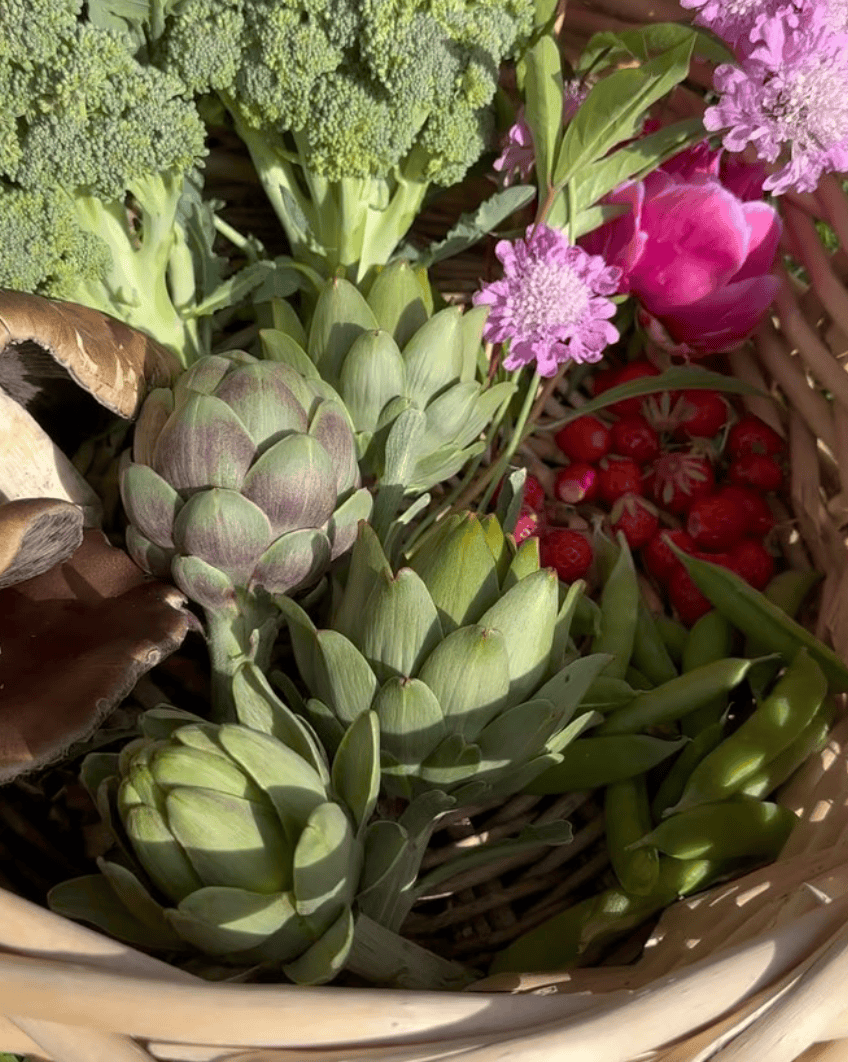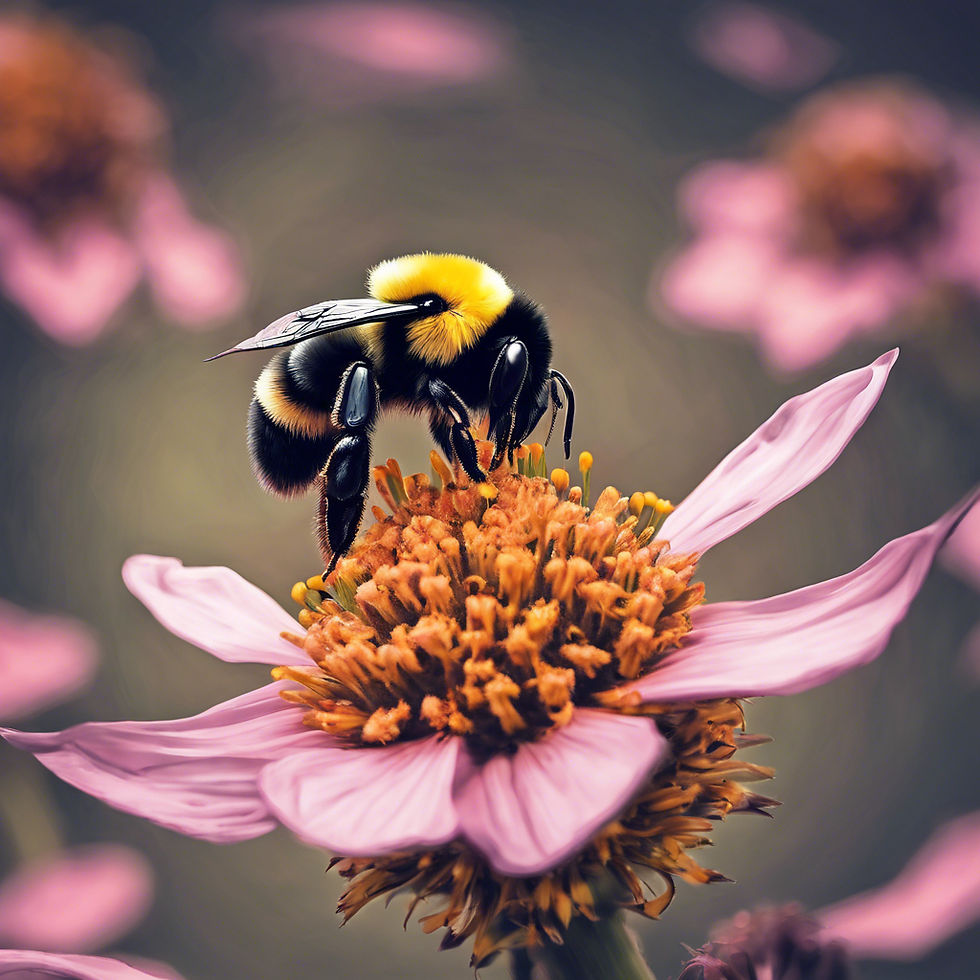Growing Ornamental Edibles in Your Greenhouse: A Beautiful and Profitable Approach
- greenhousekits1
- Sep 23, 2024
- 7 min read
Updated: Oct 5, 2024
As a greenhouse enthusiast, I’m always on the lookout for ways to make the most out of my space, whether it’s growing vibrant flowers or harvesting fresh, organic produce. One of my favorite trends that combines beauty with utility is growing ornamental edibles. These are plants that not only produce food but also have aesthetic appeal. Whether you’re looking to enhance the visual appeal of your greenhouse or diversify your income streams, ornamental edibles offer a unique opportunity.
In this post, I’ll delve into the benefits of growing ornamental edibles, how they can contribute to your farm’s profitability, and some of the considerations to keep in mind when adding them to your greenhouse setup. By the end, you’ll have a solid understanding of why ornamental edibles can be a fantastic addition to your greenhouse, both for personal enjoyment and for potential profit.
What Are Ornamental Edibles?
Before diving into the specifics, let’s clarify what ornamental edibles are. As the name suggests, these are plants that serve a dual purpose: they are both visually appealing and produce something edible. Some examples include colorful varieties of kale, lavender, artichokes, purple basil, and fruiting plants like strawberries and peppers that offer both beauty and a bountiful harvest.

For those of us who spend hours tending to our greenhouse plants, ornamental edibles are a dream come true! They provide the visual beauty of flowers and the practical benefits of a vegetable garden. If you’re someone who loves aesthetics but also wants to make the most of your growing space, ornamental edibles strike the perfect balance.
The Benefits of Growing Ornamental Edibles in Your Greenhouse
Greenhouses are the ideal environment for growing ornamental edibles. With controlled temperature and humidity, you can cultivate a wide variety of plants that might not thrive as well outdoors. Here are some of the key benefits I’ve experienced by incorporating ornamental edibles into my greenhouse setup.
1. Year-Round Growing Season
One of the major advantages of a greenhouse is that it extends your growing season, and this applies just as much to ornamental edibles. Unlike outdoor gardens that are limited by seasonal changes, your greenhouse allows you to grow many varieties of ornamental edibles year-round. This means you can enjoy the beauty of these plants and harvest their produce even in the colder months.
Whether it’s a delicate herb like purple basil or a more robust vegetable like ornamental cabbage, your greenhouse provides the perfect conditions to keep these plants thriving year-round. In my experience, this extended growing season has not only given me more time to enjoy my plants but has also led to higher yields, both in terms of food and visual impact.
2. Enhanced Aesthetic Appeal
One of the primary reasons I love growing ornamental edibles is their aesthetic appeal. Imagine walking into your greenhouse and being greeted by the striking purple leaves of a kale plant or the vibrant red of a strawberry vine. These plants add texture, color, and visual interest, making your greenhouse a more enjoyable space to spend time in.
Incorporating ornamental edibles into your greenhouse also allows you to create a more cohesive design. You can mix and match different colors and textures to create a visually stunning environment, all while enjoying the edible benefits. This dual-purpose approach appeals to those who want their greenhouse to be more than just a functional space—it becomes a work of art.
3. Sustainability and Food Security
Another key benefit of growing ornamental edibles is the sustainability factor. By choosing plants that are both beautiful and productive, you’re making the most of your greenhouse space. Instead of dedicating separate areas for flowers and vegetables, ornamental edibles allow you to grow both in the same spot, making your greenhouse more efficient.
Moreover, growing your own food—even if it’s just a small portion of your diet—promotes sustainability and food security. In today’s world, where food supply chains can be disrupted by weather, economic instability, or other factors, having a personal supply of fresh produce is invaluable. Plus, because ornamental edibles are often perennials, they come back year after year, reducing the need to replant and making your greenhouse more self-sustaining.
4. Attracting Pollinators
Even though your greenhouse is an enclosed environment, it doesn’t mean you won’t have visitors from the natural world. Many ornamental edibles produce flowers that attract pollinators, such as bees and butterflies. Lavender, for example, is known for its ability to draw pollinators, and it also produces fragrant blooms that are perfect for fresh bouquets or dried sachets.

By attracting pollinators to your greenhouse, you’ll also see a boost in the productivity of your fruiting plants. Pollination is essential for the development of fruits, and ornamental edibles can help ensure that this natural process takes place in your greenhouse.
Making Money with Ornamental Edibles
While the beauty and personal satisfaction of growing ornamental edibles are rewarding in their own right, these plants can also be a source of income. As more people become interested in sustainable and visually appealing food options, the market for ornamental edibles is growing. If you’re already running a farm or greenhouse business, adding ornamental edibles to your offerings can be a profitable move.
Here are a few ways you can make money by growing ornamental edibles:
1. Selling Plants and Seeds
One of the simplest ways to generate income from ornamental edibles is by selling the plants or seeds themselves. Ornamental edibles, with their attractive appearance and dual-purpose nature, are popular among both gardeners and home cooks. Whether you sell them at local farmers’ markets, online, or through a CSA (Community Supported Agriculture) program, there’s a good market for these plants.
Many ornamental edibles, such as rainbow chard, decorative peppers, and flowering herbs, have a high demand due to their striking appearance and culinary uses. You can also package and sell seeds, which are an affordable way for customers to start growing their own ornamental edibles at home.
2. Selling Fresh Produce
In addition to selling the plants themselves, you can also sell the produce they yield. If you grow edible flowers, for example, you can market them to restaurants, caterers, or even local bakeries that use them as garnish for dishes and desserts. Similarly, herbs like lavender or mint can be sold fresh or dried for culinary or medicinal purposes.
The advantage of ornamental edibles is that they often produce high-quality, organic, and pesticide-free food that is increasingly in demand. Consumers are willing to pay a premium for fresh, locally grown produce, and ornamental edibles offer a unique product that stands out in the marketplace.
3. Offering Greenhouse Tours and Workshops
Another way to monetize your ornamental edibles is by offering greenhouse tours and workshops. People are always interested in learning more about sustainable gardening practices, and ornamental edibles are a visually striking way to introduce newcomers to greenhouse gardening. You can charge admission for tours of your greenhouse or offer paid workshops on how to grow and care for ornamental edibles.
Workshops can be particularly profitable if you sell the plants, seeds, or produce directly to participants. In my experience, people love being able to take home a plant or sample after attending a workshop, and this can help you build a loyal customer base.
List of Benefits: Ornamental Edibles and Health
While we’ve covered some of the aesthetic and financial benefits, it’s also important to highlight the health benefits of growing and consuming ornamental edibles. These plants are often packed with nutrients, making them a valuable addition to any diet. Here are some of the key health benefits of incorporating ornamental edibles into your greenhouse:
1. High Nutritional Value: Ornamental edibles like kale, chard, and herbs are rich in vitamins, minerals, and antioxidants. They provide essential nutrients like Vitamin C, Vitamin K, calcium, and iron, which are important for maintaining a healthy immune system, strong bones, and good overall health.
2. Increased Consumption of Vegetables: Growing edible plants that are also beautiful encourages you to use them more often in your cooking. When you have fresh herbs or vegetables right at your fingertips, you’re more likely to add them to meals, leading to a healthier diet.
3. Stress Relief: Gardening is known for its therapeutic benefits, and tending to ornamental edibles can be a great way to reduce stress. The act of caring for plants and watching them grow is rewarding and helps promote mindfulness, which can be beneficial for mental health.
Drawbacks of Growing Ornamental Edibles
While ornamental edibles offer a wide range of benefits, there are a few drawbacks to keep in mind before adding them to your greenhouse.
1. Space Requirements: Because ornamental edibles serve both aesthetic and edible purposes, they may require more space than traditional vegetables or flowers. If you’re working with limited greenhouse space, you’ll need to carefully plan how to incorporate these plants without overcrowding.
2. Time and Maintenance: Like any plant, ornamental edibles require care and attention. Some varieties may need regular pruning or deadheading to maintain their aesthetic appeal, and you’ll need to monitor their growing conditions to ensure they produce high-quality food.
3. Potential for Pests: Although many ornamental edibles are resistant to pests, there’s still a chance that you’ll encounter common garden pests like aphids or whiteflies. You’ll need to be prepared to manage these issues using organic methods to protect both the plants and their edible yields.
Conclusion
Ornamental edibles are a fantastic addition to any greenhouse or high tunnel. They offer the perfect blend of beauty and practicality, providing you with both visual enjoyment and fresh, organic produce. Whether you’re growing them for personal use or to sell at market, these plants can enhance your greenhouse’s aesthetic, contribute to a more sustainable lifestyle, and even increase your farm’s profitability.
If you're interested in starting or growing your ornamental edible farm, please feel free to reach out to us at Greenhousekits1 for advice; we're happy to help!
By carefully selecting and maintaining ornamental edibles, you can enjoy year-round harvests of colorful and delicious vegetation!
#greenhouse #growyourown #farmlife #garden #farm #foodsafety #makemoneygrowing #ornamentalgrowing #hightunnel #plantprotection #greenhousekits1 #orientals #farmersmarket #csa #sellvegetables #greenhouseprofit #cropmoney #flowerbusiness #growflowers #edibleaesthetic



留言